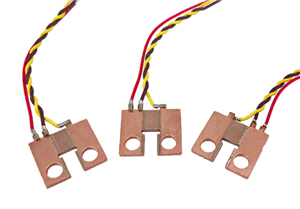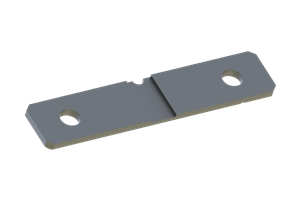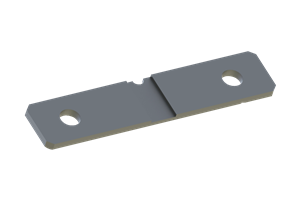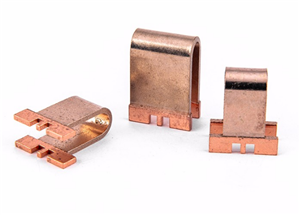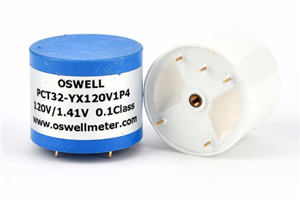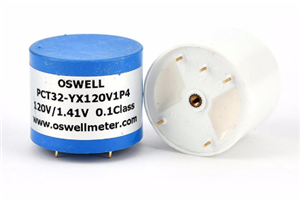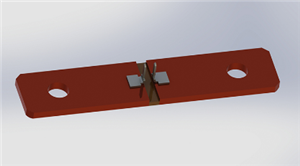In the realm of modern transportation, high-speed trains, particularly those driven by electric power, require specialized resistors to ensure efficient operation, safety, and reliability. Known as high-speed train electrical resistors, they play a pivotal part in managing power distribution and maintaining stability within the intricate network of systems aboard these remarkable vehicles.
Tin-Plated Battery Shunt Resistor
In the rapidly evolving landscape of energy management systems, the Tin-Plated Battery Shunt Resistor (TPBSR) has emerged as a critical component due to its unique properties and versatile applications. These resistors, composed of a thin layer of tin over a base material, play a pivotal role in ensuring the safe and efficient operation of battery-powered devices.
In an era where reliability, efficiency, and customization are paramount in engineering solutions, our product stands out as a beacon of excellence. Tailored to meet the stringent demands of various industries, this high-performance terminal system offers unparalleled stability, reliability, and adaptability.
Shunt Resistors
In the realm of modern electronics engineering, shunt resistors serve as a fundamental and crucial component in circuits, playing an indispensable role in power measurement, temperature compensation, power management, and various signal conditioning systems. This article aims to delve into the definition, function, applications, and latest research trends of shunt resistors to provide readers with a comprehensive understanding.
In the automotive industry, they are crucial for battery management systems. They help monitor the current flowing in and out of the battery, enabling accurate charging and discharging control. This ensures the battery's longevity and optimal performance, especially in electric and hybrid vehicles where battery health is of paramount importance.
Tin-plated battery shunt resistors are specialized components designed to offer specific performance features that cater to applications requiring precise current measurement and control, particularly in battery systems. These resistors are characterized by unique properties that enhance their functionality in various settings.
Precision shunt resistors, an essential component in electrical circuits, find their applicability in a wide range of scenarios where accurate current measurement and control are of utmost importance. Their precision and reliability make them invaluable in various industries.
Precision resistors are essential components in electronic circuits, and their noise performance directly affects the overall operation of the circuit. This article will explain in detail the sources of noise in precision resistors, the factors that affect noise levels, and how to choose the most suitable low noise precision resistor for you. Understanding these knowledge can help you make better choices and improve the stability and reliability of circuits when designing them.
Precision resistors are far more than simple components; they are engineered wonders crafted through intricate manufacturing processes. These processes push the boundaries of technology, enabling resistors to excel in their roles across diverse applications. Let's unveil the secret techniques behind their remarkable performance.
The working principle of a battery shunt resistor is fundamental to understanding its role in current measurement and overall battery system management. When connected in parallel to the battery, the shunt resistor serves as a crucial component for accurately measuring the current flowing through the system. This discussion will delve into the basic working principle of a battery shunt resistor, explaining its connection to the battery and its essential role in providing a low-resistance path for current measurement.




